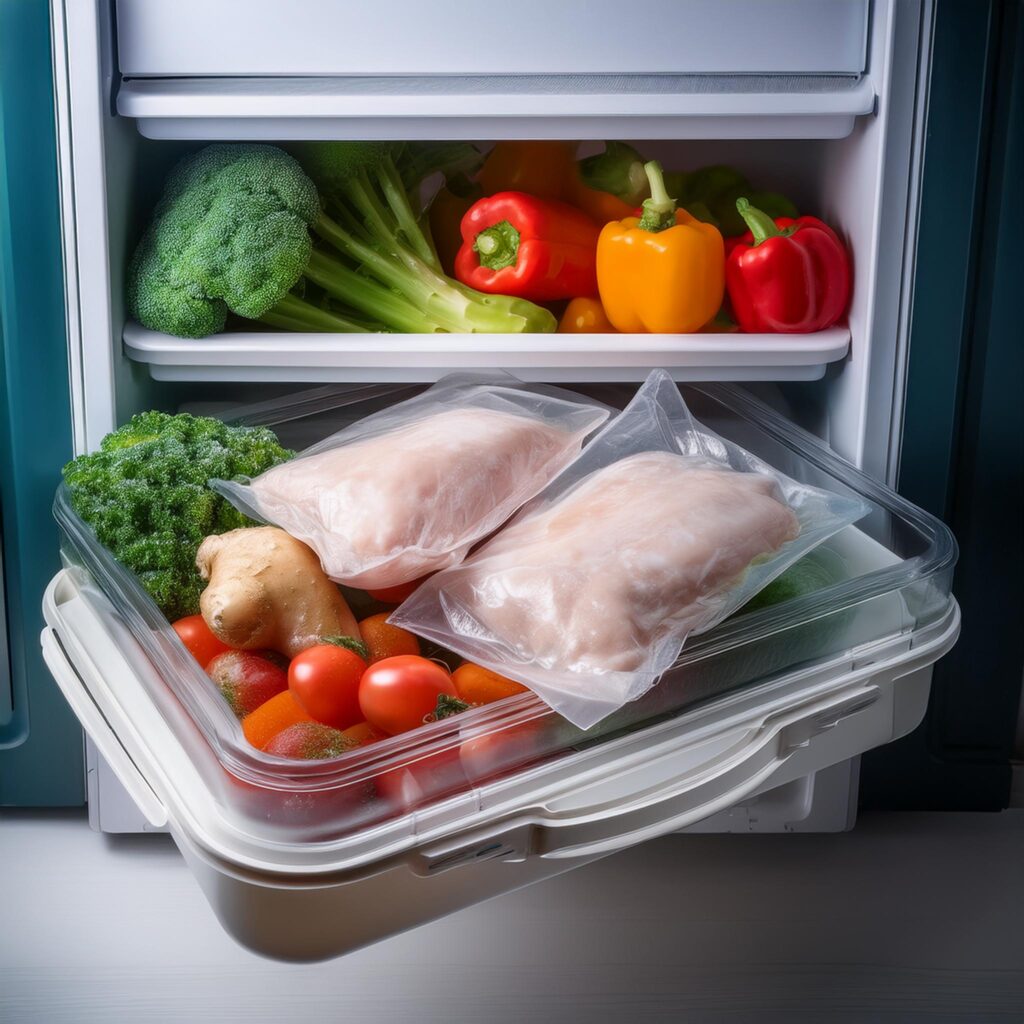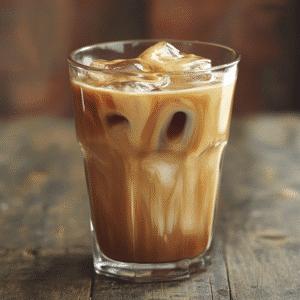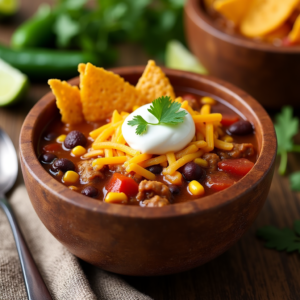How Do You Defrost Chicken Before a Slow Cooker?
Defrosting chicken properly before using a slow cooker is essential for both safety and flavor. Slow cookers operate at low temperatures, which can lead to uneven cooking if you start with frozen chicken. Proper thawing ensures that your chicken reaches the safe internal temperature of 165°F (74°C) throughout, eliminating the risk of bacteria like salmonella.
Several methods, including refrigerator thawing, cold water thawing, and microwave defrosting, can prepare chicken safely for your slow cooker recipes. Each method has its own timing and best practices, so you can choose the one that fits your schedule.
In this article, we’ll discuss why defrosting is necessary for slow cooking, explore the safest ways to thaw chicken, and share tips for preparing it for slow-cooked meals. By following these guidelines, you’ll ensure your chicken dishes are safe, flavorful, and perfectly cooked.
Why Defrosting Chicken Is Necessary for Slow Cookers
Before diving into thawing methods, it’s important to understand why defrosting is crucial when using a slow cooker.
Why Defrosting Chicken Is Necessary for Slow Cookers
Using frozen chicken in a slow cooker may seem convenient, but it can pose food safety risks and affect the quality of your dish. Here’s why defrosting chicken beforehand is essential.
USDA Guidelines
The USDA advises against placing frozen chicken directly into a slow cooker. Here’s why:
- Low Starting Temperatures:
- Slow cookers begin at a low temperature and take time to reach a safe cooking range.
- This slow heating allows bacteria like salmonella or Campylobacter to thrive before the chicken is fully cooked.
- Safe Thawing:
- Chicken should be fully defrosted before slow cooking to ensure it cooks evenly and reaches a safe internal temperature of 165°F (74°C).
Risks of Using Frozen Chicken in Slow Cookers
Cooking frozen chicken in a slow cooker can lead to several issues:
- Uneven Cooking:
- The outer layer may overcook while the center remains undercooked, compromising safety and texture.
- Prolonged Time in the Danger Zone:
- The “danger zone” for bacterial growth is between 40°F and 140°F (4°C and 60°C). Frozen chicken takes longer to move out of this range in a slow cooker, increasing the risk of contamination.
- Compromised Flavor and Texture:
- Slow cooking frozen chicken can result in a rubbery texture and less flavorful meat, as the seasonings and marinades don’t absorb properly during the cooking process.
Benefits of Defrosting Chicken Before Slow Cooking
Defrosting chicken offers several advantages:
- Even Cooking:
- Ensures the chicken cooks uniformly, avoiding raw spots.
- Enhanced Flavor:
- Defrosted chicken absorbs marinades and seasonings better, resulting in a tastier dish.
- Safety First:
- Reduces the risk of foodborne illnesses by allowing the chicken to reach a safe temperature quickly.
Proper defrosting is a simple step that ensures your slow-cooked chicken is safe, flavorful, and perfectly cooked.
Safe Methods for Defrosting Chicken
Properly defrosting chicken is essential before using it in a slow cooker. Here are the safest and most effective methods to thaw chicken, ensuring it’s ready for slow cooking while maintaining food safety.
Refrigerator Thawing
The Safest Method
- How It Works:
- Place frozen chicken in a dish or sealed bag to catch any drips, then set it in the refrigerator.
- Timing:
- Allow 24 hours for every 4–5 pounds of chicken. Smaller cuts, like breasts or thighs, may thaw overnight.
- Why It’s Best:
- Keeps chicken at a safe temperature below 40°F (4°C), preventing bacterial growth.
Cold Water Thawing
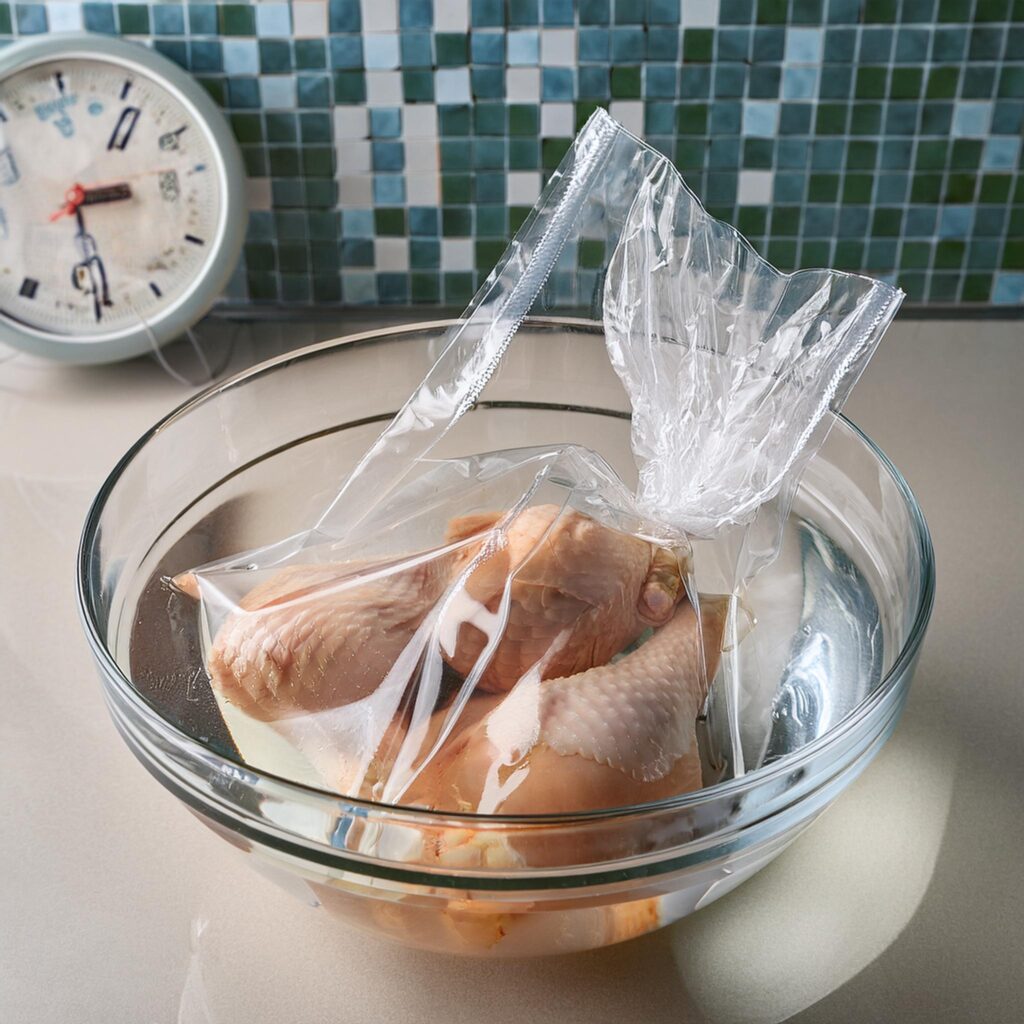
A Quicker but Safe Alternative
- How It Works:
- Submerge the frozen chicken in a sealed, leak-proof bag into a large bowl of cold water.
- Change the water every 30 minutes to maintain a cold temperature.
- Timing:
- Typically takes 1–3 hours depending on the size of the chicken.
- Tips:
- Cook the chicken immediately after thawing using this method, as it may enter the temperature danger zone if left too long.
Microwave Defrosting
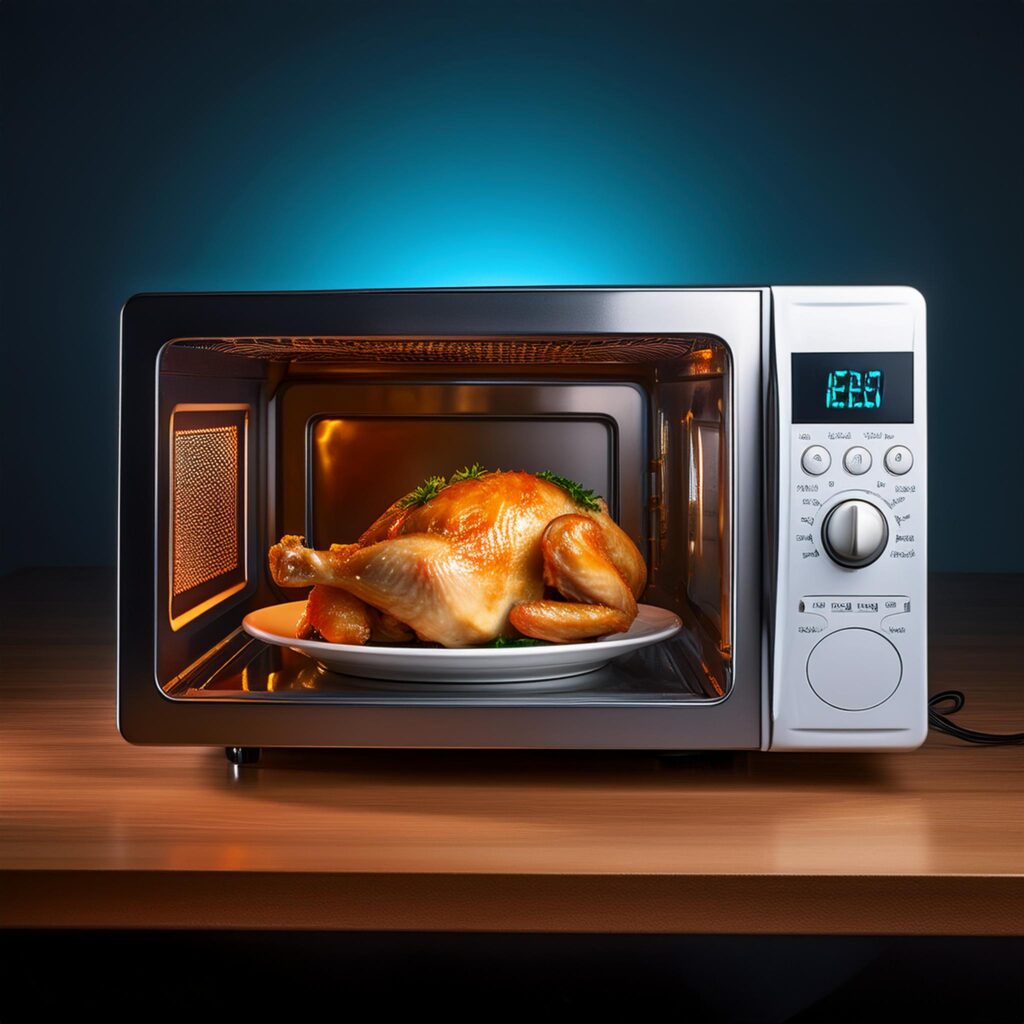
Fastest Method, with Precautions
- How It Works:
- Use your microwave’s defrost setting to thaw chicken in short bursts (2–3 minutes at a time), turning it frequently to ensure even defrosting.
- Timing:
- Defrosting time depends on the microwave and the weight of the chicken but usually takes 10–15 minutes.
- Tips:
- Cook the chicken immediately after thawing, as microwaving can partially cook the edges, leading to uneven results if not handled promptly.
Methods to Avoid
- Room Temperature Thawing:
- Never leave chicken out on the counter, as it can quickly reach unsafe temperatures, encouraging bacterial growth.
- Hot Water Thawing:
- Using hot water can unevenly defrost the chicken and increase the risk of contamination.
By choosing a safe defrosting method, you ensure your chicken is thawed properly and ready for slow cooking without compromising safety or quality.
How to Prepare Chicken After Defrosting
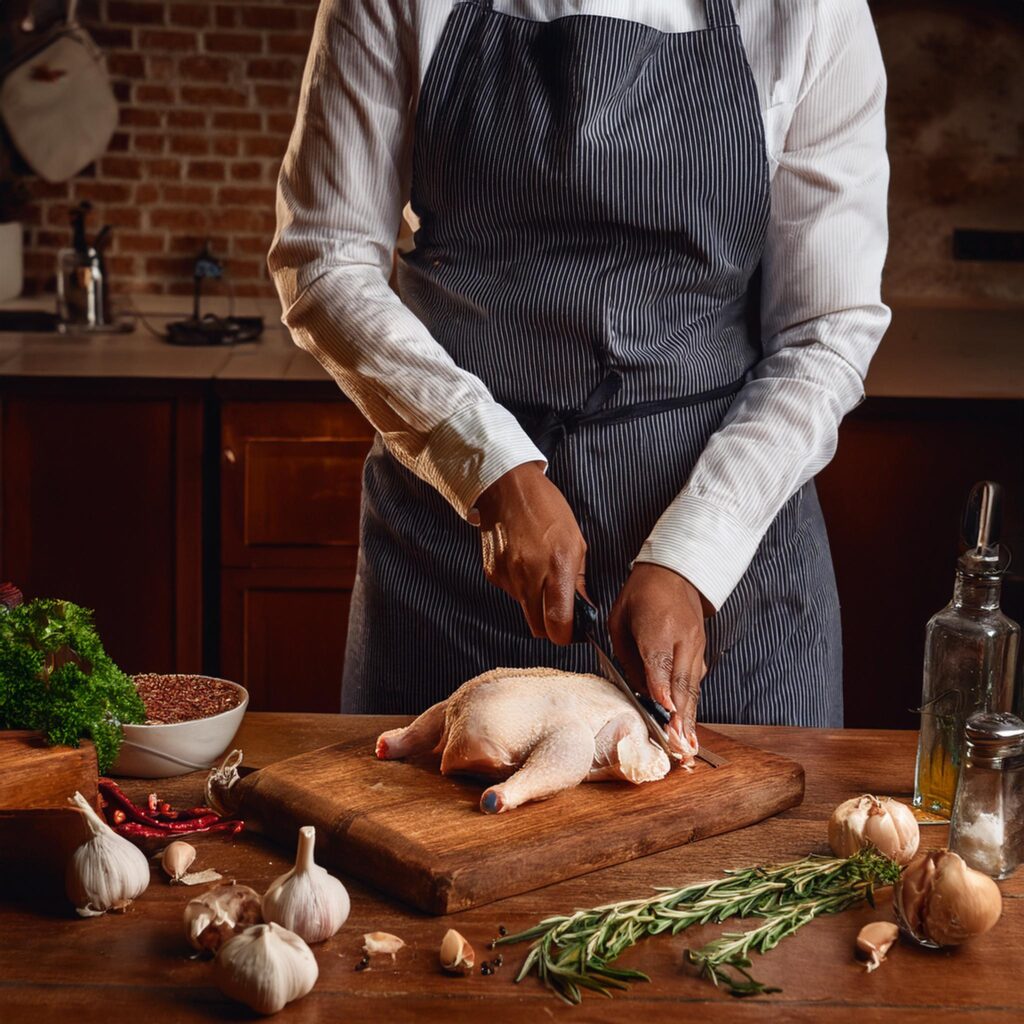
Once your chicken is properly defrosted, preparing it for the slow cooker involves a few essential steps to ensure optimal flavor, texture, and safety.
Proper Cleaning and Trimming
1. Rinse or Wipe as Needed
- Rinse Lightly (Optional):
- If desired, rinse the defrosted chicken under cold water and pat it dry with paper towels.
- Avoid splashing water to prevent spreading bacteria in the kitchen.
2. Trim Excess Fat and Skin
- Remove any unwanted fat, skin, or cartilage for a leaner dish, especially if the recipe calls for shredded chicken.
3. Separate Cuts
- If using whole chickens or large pieces, consider cutting them into smaller portions for even cooking in the slow cooker.
Adding Marinades or Seasoning
Enhancing flavor before slow cooking is key:
- Marinate Overnight:
- For added flavor, marinate the chicken in your choice of sauce, spices, or herbs overnight in the refrigerator.
- Season Before Cooking:
- Rub the chicken with a mix of salt, pepper, garlic powder, paprika, or other spices for a well-seasoned dish.
Tips for Best Results:
- Use strong seasonings like smoked paprika or chili powder for bold flavors that stand up to slow cooking.
- If the recipe includes vegetables or broth, adjust seasoning levels to complement the entire dish.
Arrange Chicken in the Slow Cooker
How you place the chicken in the slow cooker affects cooking time and texture:
- Even Layering:
- Arrange chicken pieces in a single layer, if possible, to ensure even cooking.
- Submerge in Liquid:
- For soups or stews, make sure the chicken is fully submerged in the broth for tender results.
- Add Aromatics:
- Layer vegetables like onions, garlic, and celery beneath the chicken for enhanced flavor.
Pro Tip: Browning for Extra Flavor
Before adding defrosted chicken to the slow cooker, sear it in a hot skillet with a little oil for a golden crust. This step isn’t necessary but adds depth to your dish, especially in recipes like chicken stew or curry.
Preparing defrosted chicken properly ensures your slow cooker meals are flavorful, tender, and safe to eat.
Tips for Cooking Chicken in a Slow Cooker Successfully
Slow cooking defrosted chicken is a great way to create tender, flavorful meals. By following these tips, you’ll ensure your chicken dishes are cooked safely and turn out perfectly every time.
Use a Food Thermometer
Why It’s Important
- Slow cookers operate at low temperatures, so it’s essential to verify the chicken reaches a safe internal temperature of 165°F (74°C).
How to Check
- Insert a food thermometer into the thickest part of the chicken, avoiding bones.
- Test multiple pieces if cooking more than one.
Avoid Overcrowding the Slow Cooker
Why It Matters
- Overcrowding can lead to uneven cooking and increase the time it takes for chicken to reach a safe temperature.
Tips
- Arrange chicken in a single layer whenever possible.
- For larger batches, use a larger slow cooker to allow even heat distribution.
Monitor Cooking Times
General Guidelines
- Cooking times vary based on the cut of chicken and whether it’s cooked on high or low heat:
- Boneless Chicken Breasts/Thighs:
- Low: 6–8 hours
- High: 3–4 hours
- Bone-In Chicken:
- Low: 7–9 hours
- High: 4–5 hours
- Boneless Chicken Breasts/Thighs:
Avoid Overcooking
- Check for doneness near the end of the suggested cooking time to prevent drying out.
Add Ingredients at the Right Time
Vegetables and Delicate Ingredients
- Hardy vegetables like potatoes and carrots can go in at the beginning.
- Add delicate ingredients like spinach, cream, or fresh herbs during the last 30 minutes of cooking to preserve their texture and flavor.
Marinades and Sauces
- For a richer flavor, baste the chicken with additional sauce or marinade halfway through cooking.
Let the Chicken Rest Before Serving
Why It Helps
- Allowing the chicken to rest for 5–10 minutes after cooking redistributes its juices, making it moist and flavorful.
By following these tips, your slow cooker chicken dishes will be cooked safely, evenly, and packed with flavor.
FAQs About Defrosting Chicken for a Slow Cooker
How to defrost chicken before slow cooker?
Refrigerator Thawing: Place the frozen chicken in a dish or sealed bag and refrigerate. Allow 24 hours for every 4–5 pounds of chicken. This is the safest method.
Cold Water Thawing: Submerge the chicken in a leak-proof bag in a bowl of cold water. Change the water every 30 minutes, and cook the chicken immediately after thawing. This method takes 1–3 hours depending on the size.
Microwave Defrosting: Use your microwave’s defrost setting for quick thawing. Rotate or flip the chicken frequently to avoid partial cooking. Cook immediately after thawing to prevent bacterial growth.
2. Is it safe to put frozen chicken in the slow cooker?
No, it’s not recommended to cook frozen chicken in a slow cooker. The USDA advises against it because:
Slow cookers heat gradually, which can leave the chicken in the “danger zone” (40°F–140°F) for too long, allowing bacteria to grow.
Always defrost chicken before adding it to the slow cooker to ensure it cooks evenly and reaches a safe internal temperature of 165°F (74°C).
3. How to quickly defrost frozen chicken?
If you need to defrost chicken quickly, use these methods:
Cold Water Thawing: Submerge chicken in a sealed bag in cold water, changing the water every 30 minutes.
Microwave Defrosting: Use your microwave’s defrost function and thaw in short intervals, rotating frequently.
Both methods require immediate cooking after thawing for safety.
4. What not to do when defrosting chicken?
Avoid these unsafe practices when defrosting chicken:
Room Temperature Thawing: Never leave chicken on the countertop to thaw, as it can quickly enter the danger zone where bacteria multiply.
Hot Water Thawing: Submerging chicken in hot water can lead to uneven thawing and promote bacterial growth.
Thawing Without a Plan: If you thaw chicken using faster methods like the microwave or cold water, cook it immediately to prevent contamination.
Conclusion
Defrosting chicken properly before using it in a slow cooker is a crucial step for food safety and achieving delicious results. By following USDA-recommended methods like refrigerator thawing, cold water thawing, or microwave defrosting, you can ensure that your chicken is fully thawed and ready for slow cooking.
Starting with defrosted chicken allows the meat to cook evenly, absorb marinades and seasonings, and reach the safe internal temperature of 165°F (74°C) efficiently. It also eliminates the risks associated with bacteria growth in the “danger zone,” keeping your meals safe and enjoyable.
Avoid unsafe practices like leaving chicken at room temperature or using hot water for thawing, as these methods can compromise both safety and quality. With proper defrosting techniques and careful preparation, your slow cooker chicken dishes will turn out tender, flavorful, and perfectly cooked every time.
For more delicious recipes, check out our All Recipes page! Don’t forget to follow us on Facebook, Instagram, Pinterest, and Twitter to stay updated with our latest content!
